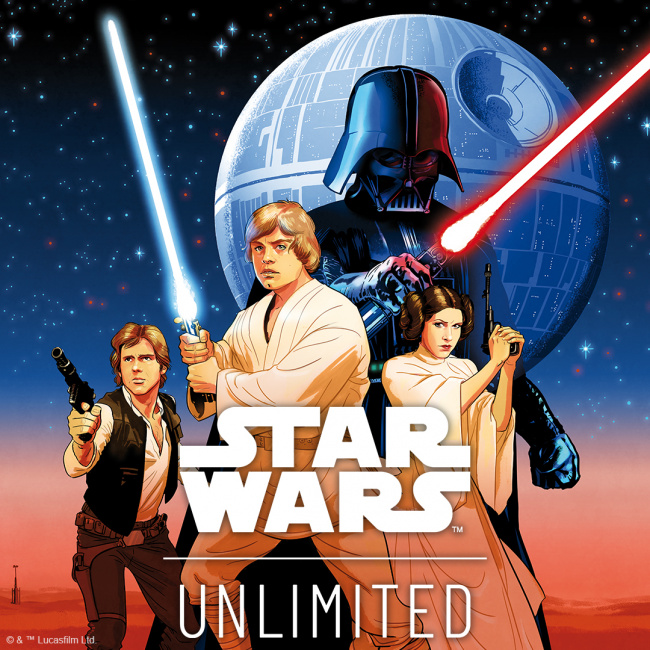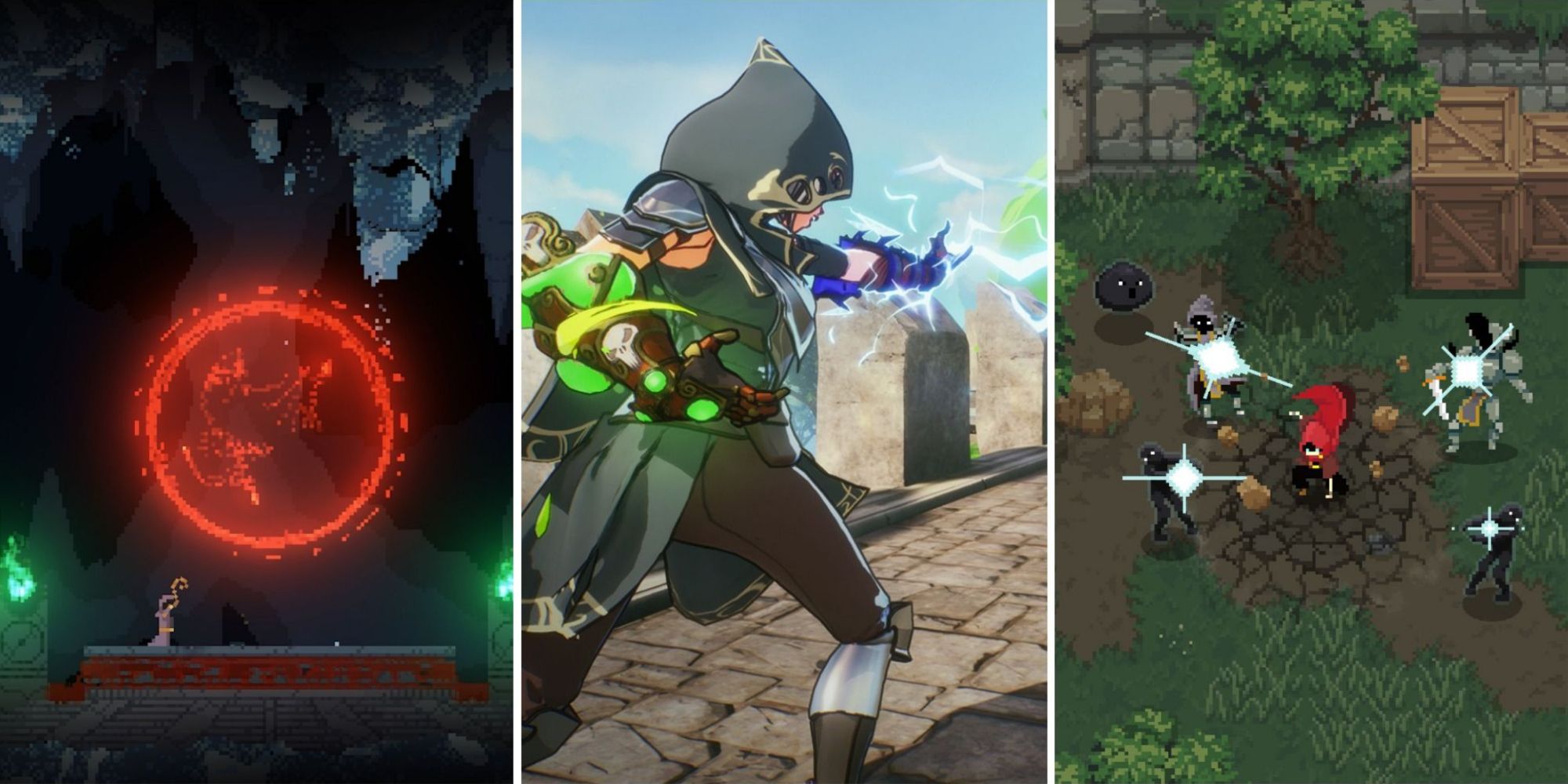The Historical past of Last Fantasy Music
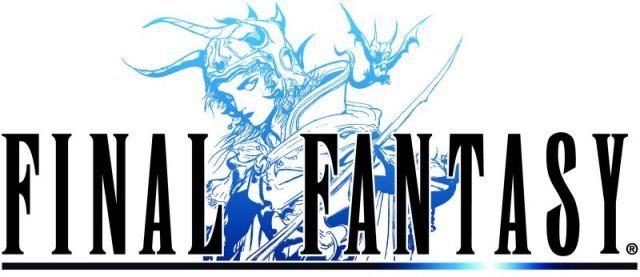
With Theatrhythm Last Bar Line out as we speak, make a journey via gaming historical past to savour the best notes throughout 35 years of Last Fantasy music.
It’s really inconceivable to debate the music of role-playing video games with out referencing Last Fantasy and its prolific composer, the undisputed father of RPG music, Nobuo Uematsu. With a profession spanning nearly 40 years and credited for composing over 70 separate soundtracks, together with among the most interesting music created for each single technology of gaming, there’s no denying the sheer affect Uematsu’s superb Last Fantasy music has had on the type and lasting affect of the style.
And though we regularly put Uematsu within the highlight (and rightly so) when discussing Last Fantasy music, on this characteristic, I’d like to spotlight not solely the person himself, however a lot of his collaborators, fellow composers, and key musicians which have made this music potential. Beginning with the genesis of the sequence manner again in 1987, Uematsu’s passing of the composer baton in 2001, and the brand new period of Last Fantasy music from FFXI onwards, we’re about to journey again via soundtrack historical past.
So the place did all of it start? With only a single melody…
Last Fantasy Music in 1987 – Last Fantasy

Platform: NES
Composer: Nobuo Uematsu
“The Prelude” by Nobuo Uematsu is undoubtedly some of the important items of music in online game historical past. With such a long-lasting affect, each single primary entry within the Last Fantasy sequence has featured this straightforward but infinitely memorable monitor. Regardless of being the signature theme and some of the essential in his profession, Uematsu has beforehand said that it solely took 10 minutes to create this iconic arpeggio:
Constrained by the technical limitations on the time, a lot of the earliest Last Fantasy music relied closely on a central melody. These are made to loop frequently and lead to brief but catchy tunes that echo the type of the period. That is very true in tracks just like the joyful “Victory,” which gamers will hear tons of of instances all through the sport (and the sequence).
Last Fantasy Music in 1988 – Last Fantasy II
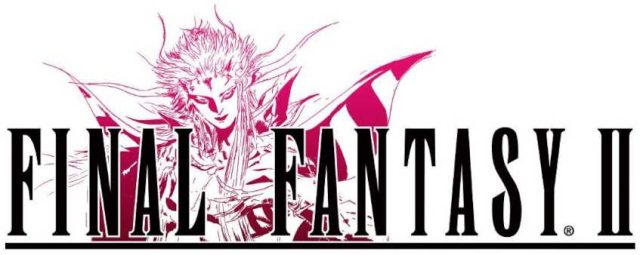
Platform: Famicom
Composer: Nobuo Uematsu
Using the wave of recognition of the primary sport within the sequence, the sound of Last Fantasy started to slowly morph into one thing barely extra magical and mystical. Easy chiptunes now added results like reverb, permitting melodies to have extra depth to move gamers to faraway lands. The “Predominant Theme” of Last Fantasy II actually achieves this, harnessing a easy melody that conveys a way of longing.
Last Fantasy II can be the primary time gamers would hear the upbeat “Chocobo Theme,” a fan-favourite with now quite a few iterations and preparations throughout the sequence. Having the ability to create brief and catchy melodies was Uematsu’s biggest musical power in his early profession, lengthy earlier than epic orchestral themes have been potential in video video games. There’s no denying this pleasant ditty is one in every of gaming’s biggest earworms!
Last Fantasy Music in 1990 – Last Fantasy III
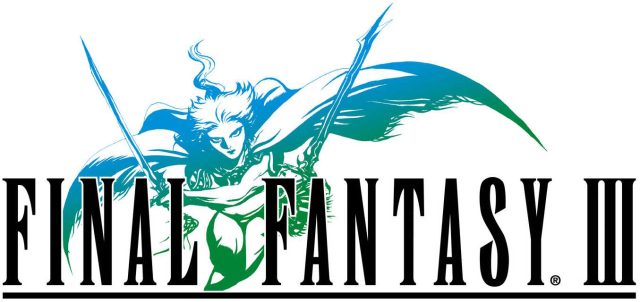
Platform: Famicom
Composer: Nobuo Uematsu
Pushing Last Fantasy music ever ahead, even with restricted expertise at his disposal, Last Fantasy III represents a pivotal second in Uematsu’s composing profession. Music started to shift from easy and melodic chiptunes to extra diverse, intricately layered, and artistic tracks. This may be heard all through the sport’s beautiful overworld theme, “Everlasting Wind,” some of the revered songs in early Last Fantasy historical past.
Battle themes started to turn into extra upbeat, bouncy, and playful, with Uematsu starting to find his distinct type. Even inside the confines of chiptunes, he was in a position to create melodies not like something we’d heard within the sequence earlier than:
Music started to play a much more vital function in Last Fantasy, with the soundtrack greater than double the size of its predecessors and with twice as many tracks. This is able to signify what was to come back subsequent, with a brand new technology of consoles on the horizon.
Last Fantasy Music in 1991 – Last Fantasy IV
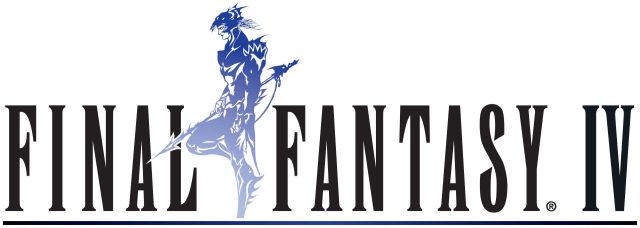
Platform: Tremendous Nintendo
Composer: Nobuo Uematsu
The primary turning level for the music of Last Fantasy was the discharge of the Tremendous Nintendo, a console able to producing way more detailed visuals and sound. To Uematsu’s delight, this allowed him to unleash a completely new stage of expression via Last Fantasy music.
Last Fantasy IV is the primary instance of this, with stunning tracks just like the “Theme of Love” able to tugging on gamers’ heartstrings as one of many earliest online game love songs. Conveying the connection between Cecil and Rosa, it’s a shocking and private piece of music for myself, because it performed as my spouse walked down the aisle at our wedding ceremony:
However Last Fantasy IV was way over simply tear-jerkers! With upgraded expertise, Uematsu was in a position to create some pumping beats for the sport’s devilish antagonists, notably the 4 Fiends. Creating music geared in the direction of explicit characters, the “Battle With the 4 Fiends” represents one of many sequence’ earliest tracks created for a selected enemy as a substitute of normal battle tracks that play all through a number of encounters.
Last Fantasy Music in 1992 – Last Fantasy V

Platform: Tremendous Famicom
Composer: Nobuo Uematsu
Acknowledging that there’s extra to music than simply treble, Last Fantasy V took a major pitch shift to the decrease finish of the size. Whereas earlier titles emphasised catchy melodies to entertain and delight the participant, this time, it was all in regards to the bass. From the second the mud is blown off the cartridge and the console is switched on, the participant is straight away greeted with a cool monitor that seems like nothing ever heard throughout the sequence:
Bass is the driving drive all through Last Fantasy V, offering a playful basis on which the remainder of the music is layered. The recurring emphasis on bass turns into apparent in case you take heed to the whole soundtrack. However no monitor in Last Fantasy V has a extra highly effective and driving bass line than the most effective boss battle tracks ever composed: “Battle At The Massive Bridge.”
Last Fantasy Music in 1994 – Last Fantasy VI
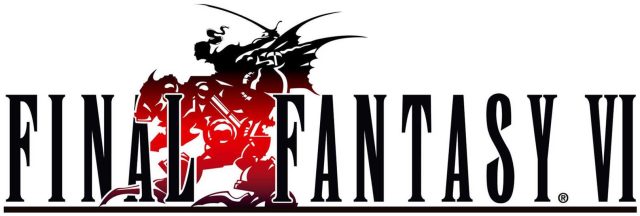
Platform: Tremendous Nintendo
Composer: Nobuo Uematsu
For a lot of, Last Fantasy VI is the sequence’ magnum opus and a timeless JRPG that set the usual for all that might comply with it. And the identical could be mentioned for its soundtrack, with Nobuo Uematsu pushing the chiptunes of the Tremendous Nintendo to its absolute restrict and past. Harnessing a inventive soundfont, Uematsu managed to emulate a genuinely orchestral rating even inside the limitations of the expertise.
One instance is one in every of videogame historical past’s grandest and most gargantuan songs: “Dancing Mad.” Clocking in at 17 minutes and 39 seconds, this masterpiece holds the report for the longest single composition in the whole sequence:
All through the journey throughout a ruined land, “Terra’s Theme” resonates with a way of hope. Components of this recurring monitor seem all through the sport, from its iconic opening cutscene to a lot of its most emotive and memorable moments. It completely captures the wistful feelings of the sport’s personable solid and could be heard all through the soundtrack of Last Fantasy VI.
As of 1994, Last Fantasy VI was undoubtedly probably the most detailed and orchestral videogame soundtrack ever created. However every little thing we thought we knew about Last Fantasy music modified with the sequence’ PlayStation debut.
Last Fantasy Music in 1997 – Last Fantasy VII
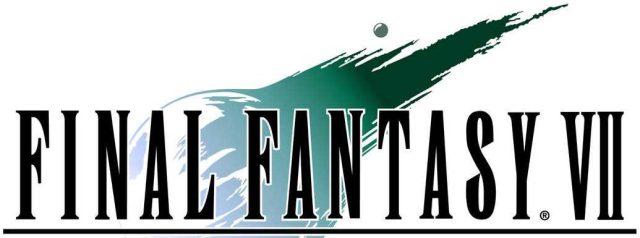
Platform: PlayStation
Composer: Nobuo Uematsu
Do you imagine that Last Fantasy VII was and without end shall be Nobuo Uematsu’s crowning achievement as a sport composer? As a result of that’s actually the case for a big portion of the fanbase. With a shift to disc-based media, Uematsu unleashed all of his composing prowess without delay, with a colossal 4-hour 15-minute soundtrack the dimensions of a meteor (and simply as impactful). Should you’re studying this text, there’s a good probability you recognize lots of the songs in Last Fantasy VII, together with the sequence’ most beloved: “One-Winged Angel.”
For a soundtrack as influential as Last Fantasy VII, it’s almost inconceivable to match to every other throughout the sequence. Its music has performed the world over in dwelling rooms, live performance halls, and even stadiums, organized and carried out by choirs, orchestras, and, in fact, followers. And whereas the “big” songs are very well-known, a lot of FFVII‘s most interesting items are understated and intimate, like “Aerith’s Theme,” as stunning and fragile because the flowers she sells to the residents of Midgar.
Last Fantasy Music in 1999 – Last Fantasy VIII
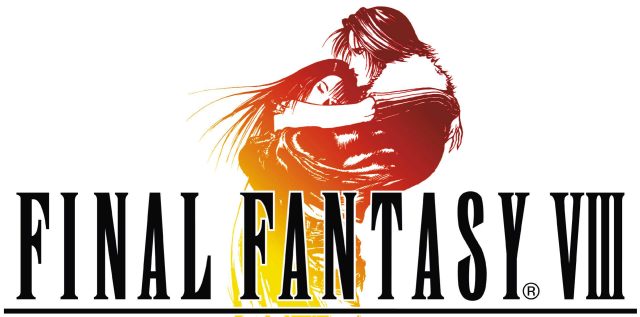
Platform: PlayStation
Composer: Nobuo Uematsu
How do you comply with a soundtrack like Last Fantasy VII? Taking success in his stride and embracing a brand new composing type, Last Fantasy VIII is answerable for the very first really orchestral monitor within the sequence, setting the usual for JRPG music going ahead. Titled “Liberi Fatali” (that means “Fated Kids”), this grand piece was Uematsu’s first-ever monitor to characteristic a full orchestra and choir wholly devoted to the music of a online game.
With vocal tracks like “Eyes on Me” inserting music and lyrics into the world of Last Fantasy, broadening its sound horizon, had Uematsu chosen sensible devices and human vocals in favour of crafting catchy melodies? Definitely not. Amongst Last Fantasy VIII’s action-packed sequences and tense boss fights, the sequence nonetheless sounded effectively and really like a futuristic fantasy videogame, using the trendy sound of synthesisers because the sequence edged into the twenty first century:
We aren’t executed, in fact! Head over to Half 2 for extra Last Fantasy music speak, the place we’ll get into Last Fantasy IX all the way in which as much as Last Fantasy XVI.


